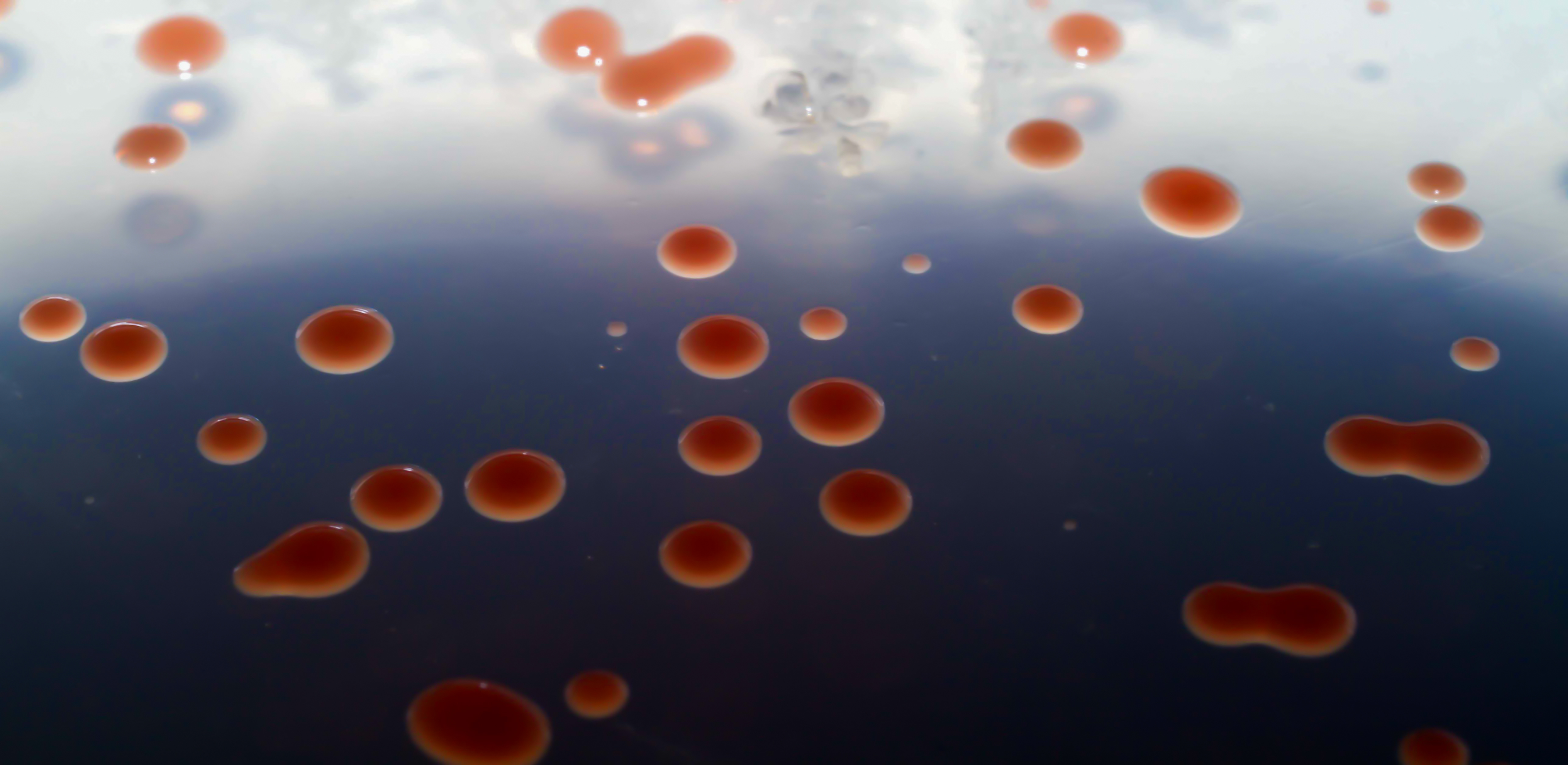Human evolution is based on the premise of “survival of the fittest” where the organisms with the genetically encoded characteristics best suited to their environment survive to pass those genes on to their offspring who keep passing that trait on until all members of the population have it. But how do organisms that don’t reproduce sexually evolve?
Archaea are a type of single-celled organism that can be found all over the globe, often in extreme environments. They help make up sea plankton which are the basis of all marine food chains, some live in hot springs and salt lakes, some even reside in the human gut and play an important role in digestion. But how this class of organisms, which may be the oldest on the planet, has evolved over billions of years largely remains a mystery.
The work of University of Connecticut associate professor of molecular and cell biology R. Thane Papke may help illuminate part of this mystery. Papke has received a $989,000 grant from the National Aeronautics and Space Administration to study the role of horizontal gene transfer in archaeal evolution. Simon White, also from UConn, is a co-investigator, and Uri Gophna from Tel-Aviv University in Israel is an international co-investigator for this grant.
Archaea and bacteria reproduce asexually. These organisms copy their DNA and make a perfect replica of themselves. This is why horizontal gene transfer is essential for the evolution of these organisms which otherwise would have no way to diversify their allele pool and ensure the survival of the species. If all members of a species have the same genetic profile, a single disease can wipe all members of that species out in one fell swoop.
Studies have shown archaea engage in a tremendous amount of horizontal gene transfer (HGT) and that they have acquired thousands of genes from bacterial sources. This has resulted in non-sexually reproducing organisms having the same amount of genetic diversity as sexually producing organisms, leaving evolutionary researchers scratching their heads.
“Sexual reproduction is thought to have arisen out of asexuality precisely because of the advantages of shuffling gene pools,” Papke says. “However, it is clear that archaea and bacteria had solved that problem without sexual reproduction.”
Previous studies have shown evidence of a cell-contact-dependent method of gene transfer in a type of archaea called H. volcanii, which is commonly found in the Dead Sea and other very salty environments.
Haloarchaea engage in a kind of horizontal gene transfer known as “mating” wherein two archaea swap genes through cell-to-cell contact without a clear donor/recipient dynamic which is seen in most other forms of HGT.
This archaeon’s ability to survive in such environments makes it attractive to space researchers as these organisms could potentially live on Mars and offer insight into the evolution of extraterrestrial life there.
“I think NASA funds our work because we address fundamental questions that attempt to resolve where sexual reproduction comes from,” Papke says. “NASA is interested in transitional states of biology, and sexual reproduction is a big one.”
In this project, Papke hopes to identify and characterize the genes responsible for horizontal gene transfer in this particular archaeon. Papke and his team also hope to determine the rate of horizontal gene transfer between haloarchaeal species, the class to which H. volcanii belongs.
Papke will also study the role of the receiving organism’s system for cutting non-self DNA in this process, which is how cells can be immune from virus or plasmid infection. Whenever organisms encounter foreign material, their immune systems naturally react and attempt to remove or destroy the invader. For a cell to take up a foreign gene successfully, its immune system must be overridden and signaled to stand down.
One of the features that makes H. volcanii an ideal model organism for this research because their method of horizontal gene transfer requires the membranes and cell walls of two or more cells to fuse, in a way that interestingly resembles the fusion of gametes to produce a zygote through sexual reproduction.
“This resembles what I would imagine as a primitive intermediate step towards sexual reproduction that demonstrates an expected cell contact mechanism for wholesale genetic flow, without having connected reproduction to the process yet, a kind of asexual reproduction sex,” Papke says.
Papke received his Ph.D. in microbiology from Montana State University. He completed his postdoctoral training in the Department of Biochemistry and Molecular Biology at Dalhousie University in Halifax, Nova Scotia. His research interests include classifying and understanding the evolution of non-pathogenic prokaryotes.



